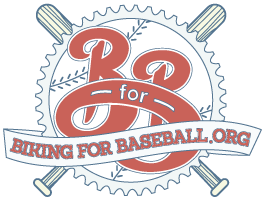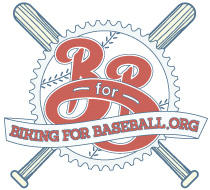Stay in School!
Within baseball, there is a wide range of philosophy when it comes to drafting players out of high school or college. Some teams prefer to take a player out of high school so the team can develop the player in their own farm system. They don’t really seem to think college programs can train the player the way the team would want them to. Other teams would rather take a more polished college player who is closer to the big leagues than an 18 year old would be.
Many studies have been done examining the success of college players and high school players in the majors. Rany Jazayerli of Baseball Prospectus has even studied how the age of a player drafted out of high school affects long-term success in the major leagues here and here. The consensus seems to be that college players generally have more success in the major leagues, but just as many of the elite big leaguers were drafted right of out high school.
There’s a term that gets thrown around a lot when analyzing high school players taken in the draft. That’s “high ceiling.” What it really means is risky. Baseball teams really don’t know much about a high school player. Most of the time, they’ve been competing against some very poor competition in high school that isn’t even comparable to Rookie League or Low A ball in the minor leagues. The risk is that once a high school player faces a pitcher that can locate a breaking ball, they may not be able to adjust. College players have had that adjustment period with no monetary investment by the team. Teams have a better idea about a player who has faced college level competition.
The flip side of this argument that high school players are destined to fail in the big leagues is that some of the best high school players in the country do end up becoming the best players in the major league. This made me want to see how many of the best in baseball today were drafted out of high school or college. I took a look at the 2011 All-Star rosters for each league. There’s always debate about the All-Star team representing the “best” in baseball. Last year there were 84 All-Stars* so that’s a good sample of the best players.
*That is 9% of number of teams times the roster size of each team. The roster size isn’t indicative of how many players played for each team, but most of the time the players who are sent up and down from the minors are interchangeable anyway. But really, almost 1 in 10 players are All-Stars?!?!
I found that 46% of all All-Stars last season were drafted directly from high school. 35% came from college and 19% were signed as international free agents. Since there were so many All-Stars, I figured there was a difference in starters compared to the reserves. The “best of the best” had exactly the same ratio of high school draftees to college and international as the rest of the All-Stars. Pitchers did too!
It would be interesting to see how these numbers compare to the whole league. My hypothesis would be that more of the league would be drafted from college compared to the All-Stars. With more time, I would do more comparisons, but for now, take solace in knowing that almost half of the All-Stars in 2011 were drafted from high school.


